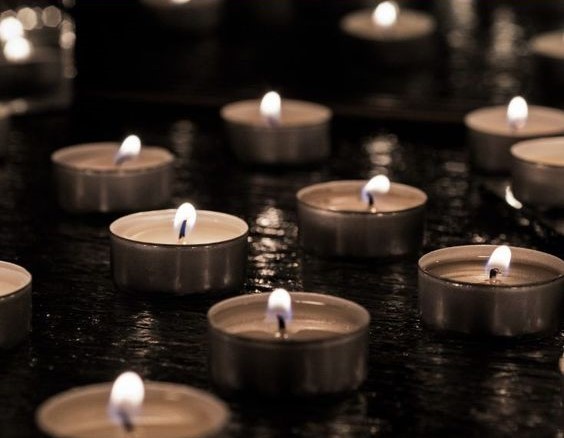Introduction:
The Holocaust, one of the darkest chapters in human history, must be remembered and understood in order to prevent future atrocities. Educating others, especially young students, about the Holocaust can be a challenging task. In this article, we’ll explore 17 essential lessons to help teach the Holocaust in an impactful and sensitive manner.
1. Historical Context: Begin by discussing the historical context that led to the rise of Adolf Hitler and the Nazi Party. Discuss World War I, Germany’s loss, and the Treaty of Versailles.
2. Rise of Anti-Semitism: Make sure to explain the deeply rooted anti-Semitic beliefs that culminated with the Holocaust. Include an examination of anti-Semitic laws and policies put into place by the Nazi Party.
3. Propaganda Techniques: Teach students about various propaganda techniques used by the Nazis to manipulate public opinion against Jews and other groups they deemed undesirable.
4. The Ghettos: Discuss how Jewish communities were segregated into ghettos which later served as staging areas for mass deportations to concentration camps.
5. The “Final Solution”: Educate students on how Nazi leadership planned and implemented mass extermination of Jews through what they called “the final solution.”
6. Concentration Camps: Explain that several different types of concentration camps existed – work camps, extermination camps, and transit camps – each with distinct purposes related to the intended outcome.
7. Heroes and Rescuers: Share inspiring stories of courage and sacrifice exhibited by individuals who risked their lives to save others during this terrifying time.
8. Victim Groups: Though Jews were a primary target, educate students on other groups who also suffered during the Holocaust, such as Romani people, Jehovah’s Witnesses, homosexuals, disabled individuals, and political dissidents.
9. Personal Accounts: Use firsthand accounts, diaries, letters or testimonies from those who lived through the Holocaust to make the experience more vivid and relatable.
10. Resistance Movements: Despite the extreme adversity, Jewish resistance movements existed in various forms, including armed uprisings and spiritual resistance. Discuss these acts of defiance and courage.
11. The Role of Bystanders: Examine the role of bystanders who witnessed, tolerated or actively participated in the systemic destruction of innocent lives during the Holocaust.
12. The Liberation: Detail the eventual liberation of Europe from Nazi rule and outline the post-war efforts to hold Nazi leaders accountable for their war crimes.
13. Antisemitism Today: Discuss modern manifestations of antisemitism and explore methods to combat this ongoing issue.
14. Holocaust Denial: Address the problem of Holocaust denial and equip students with facts to counter denialist arguments.
15. Remembrance: Teach students about Holocaust remembrance initiatives such as museums, memorials, and commemorative days that foster continued remembrance and understanding of this tragic history.
16. Connection to Human Rights: Highlight the importance of recognizing everyone’s basic human rights as a way to prevent future atrocities like the Holocaust from happening again.
17. Critical Thinking Skills: Encourage students to question assumptions, evaluate sources, and foster critical thinking skills that empower them to take an informed stand against prejudice and discrimination in all forms.
Conclusion:
Teaching the Holocaust requires sensitivity, accuracy, and an open dialogue with students about difficult topics. These 17 essential lessons can serve as a foundation for engaging with this vital part of history, encouraging students to learn from the past and strive for a world free from hatred and prejudice.





